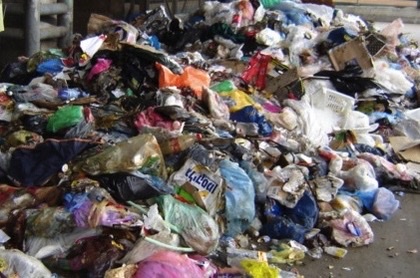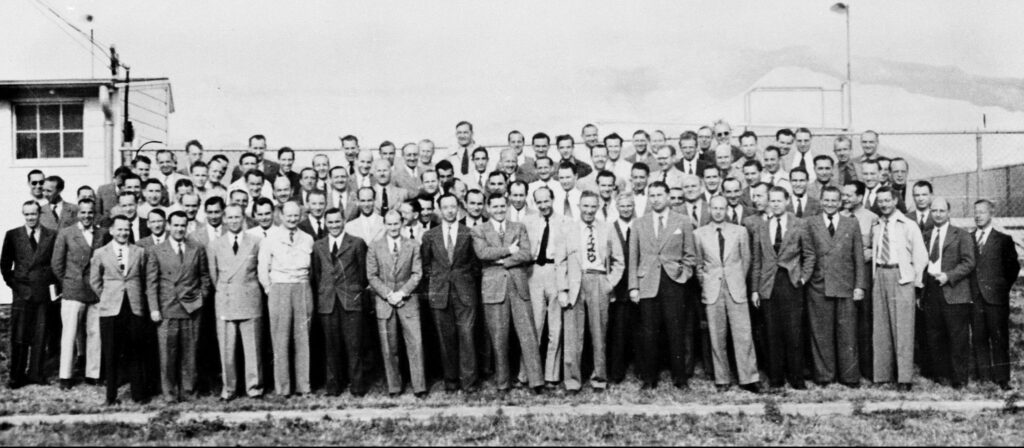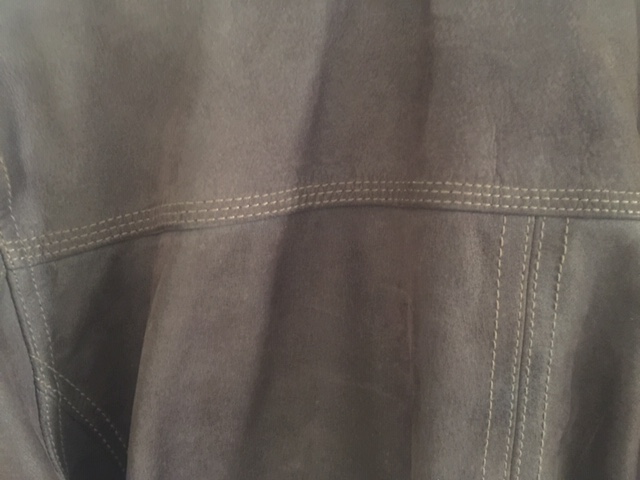
The 5 bin system is broken
Two Bins Better the Five
Across Poland and much of Europe, the five-bin municipal waste system is failing. Despite years of education campaigns, most citizens remain confused by sorting rules. Packaging is often made from mixed materials—paper laminated with plastic, food cartons with metal linings, shoes composed of textile, rubber, and leather. Even when sorted “correctly,” these materials frequently end up rejected, incinerated, or landfilled.
The ASMARA platform, developed by the Syngas Project, was designed not to patch the system—but to replace it entirely. With just two simple categories—wet and dry—ASMARA enables more than 80% of material and energy value to be recovered, turning municipal waste into a powerful asset for local economies, aligned with the EU’s most ambitious directives.
Why the 5-Sort System Is Broken
The EU’s Waste Framework Directive (2008/98/EC) and the updated Directive (EU) 2018/851 set targets of 55% municipal waste recycling by 2025 and less than 10% landfill by 2035. But Poland, like many EU countries, remains well below these targets in practice.
High contamination rates, mis-sorting, and materials that can’t be recycled using current infrastructure result in true material recovery rates closer to 30–40%—far below the thresholds set by the EU Circular Economy Action Plan (CEAP).
This is where ASMARA comes in.
ASMARA: Two Bins, One Platform, Maximum Value
Instead of relying on material type, ASMARA sorts by moisture content and energy potential:
- Dry waste (plastics, cardboard, composites, rubber, textiles) is gasified to produce Hydrogen Producer Gas (HPG). That gas is then used to power the system and feed into Targeted Microbial Fermentation (TMF) tanks to produce bio-ethanol, chemicals, and biodegradable polymers.
- Wet waste (food, green organics, bio-sludge) is processed in GasCAN RNG units to produce Renewable Natural Gas (RNG)—a clean methane stream suitable for injection into any of Poland’s 600+ gas grid connection points.
This two-bin model is easier for citizens, cheaper for municipalities, and more effective for the environment. It eliminates sorting confusion, reduces contamination, and transforms nearly all waste into usable products.
RNG + TMF: Closing the CO₂ Loop
Traditional biogas systems rely on internal combustion engines, which are capital-intensive and inefficient, often making up 60% of biogas project CAPEX. ASMARA uses containerised RNG units that strip out CO₂ and compress methane for direct grid use—no engine, no noise, no combustion losses.
But ASMARA doesn’t waste the captured CO₂.
Instead, the CO₂ becomes a valuable feedstock for the TMF fermentation lines in both ASMARA and its rural counterpart, TITAN. Here, microbes convert CO₂ and carbon-rich HPG into bioplastics, fuels, and specialty materials, completing a closed-carbon cycle that meets and exceeds the goals of Directive 2018/2001 on renewable energy, which promotes advanced biofuels and carbon recycling.
Exceeding EU Material Recovery Thresholds
ASMARA enables:
- >80% recovery of energy and material value from MSW
- Zero landfill output (fully diverting organic waste)
- Zero incineration, avoiding toxic emissions and ash residues
- Grid-injected methane and renewable CO₂ reuse
This positions municipalities for compliance with the European Green Deal, Fit for 55, and EU Methane Strategy mandates. ASMARA turns regulatory pressure into local opportunity.
Local Value, National Security
ASMARA isn’t just a waste solution—it’s a local development engine. Each platform:
- Generates renewable heat and power
- Produces advanced materials locally from waste
- Creates jobs in waste valorisation, logistics, and operations
- Enhances resilience against energy shocks like those triggered by the war in Ukraine
By rolling out ASMARA alongside Poland’s existing biogas potential, supported by GasCAN RNG and national grid access, Poland can achieve true material sovereignty—reducing dependence on imported fossil carbon while building new capacity to support electrification and industrial decarbonisation.
Conclusion: ASMARA Is Simpler, Smarter, and Ready Now
The five-bin system overcomplicates a problem that ASMARA solves with elegant logic and cutting-edge technology. Citizens sort by wet vs. dry. ASMARA takes care of the rest. And what comes out is not waste, but clean fuel, valuable materials, and circular industrial inputs.
Two bins. One platform. A circular future for Poland.
Would you like this prepared as a downloadable brochure or translated into Polish for submission or outreach?




